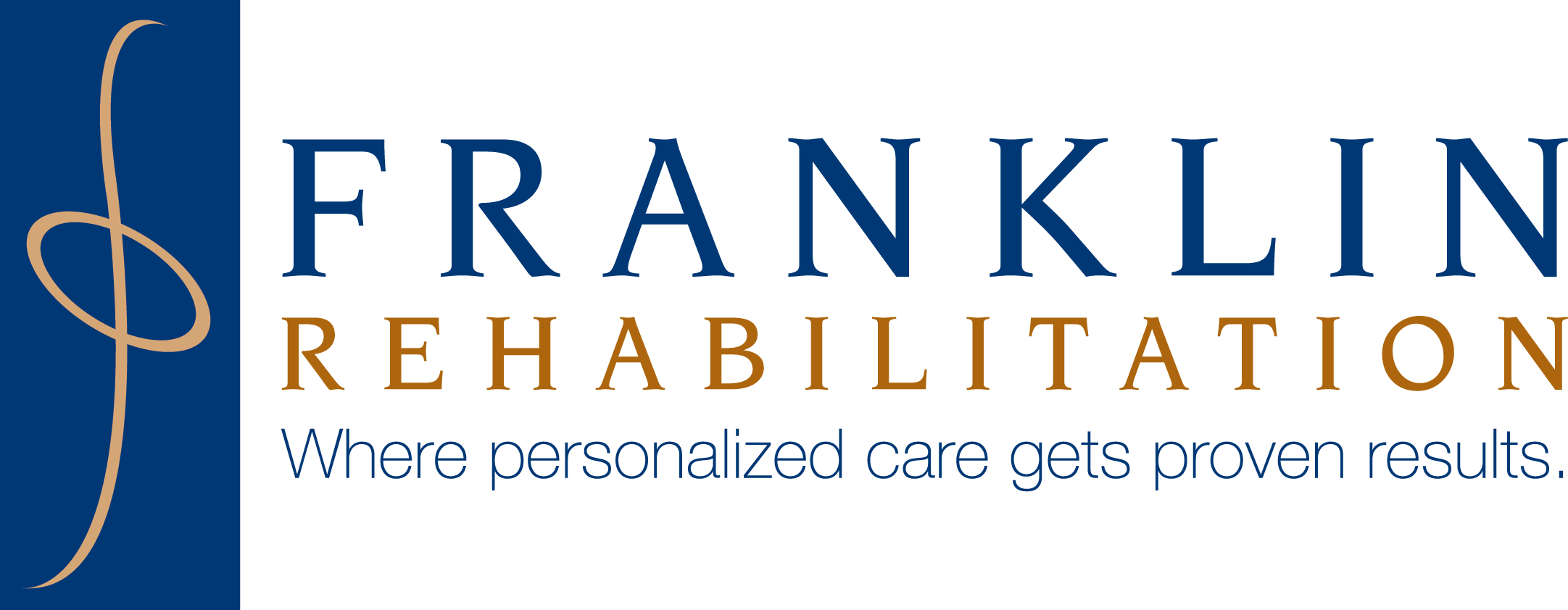How long do TMJ dysfunction symptoms last?

Ever had tooth or jaw pain? If you have, you probably wished for the pain to go away immediately if not sooner. You can also sympathize with those who are wondering how long temporomandibular joint (TMJ) dysfunction symptoms may last.
Physical therapists can help answer this important question. They can help you find ways to reduce how long your TMJ dysfunction symptoms last, too.
What effects how long TMJ dysfunction symptoms last?
TMJ dysfunction is a common cause of jaw and neck pain. It occurs when one of the many structures in your jaw joint becomes injured or damaged. There are several factors that can affect how long your TMJ dysfunction symptoms last, including:
- Whether your condition is acute or chronic — You may have heard the words “acute” and “chronic” in relation to medical conditions. If you haven’t, acute refers to symptoms that last a few days or weeks. Chronic refers to symptoms that last for longer, often months or years. Learning whether your TMJ dysfunction symptoms are acute or chronic is an important step to determining how long you’ll suffer from them.
- How quickly you seek help — People tend to find relief from their TMJ dysfunction symptoms faster if they seek help for them as soon as possible. Physical therapists are one of the medical professionals who can help you address your symptoms.
How can physical therapists help reduce how long your TMJ dysfunction symptoms last?
Figuring out how to rapidly address TMJ dysfunction symptoms is something physical therapists are trained to do. They can also create treatment plans that are customized to each patient’s symptoms and recovery goals. These specialists can also collaborate closely with your dentist or primary care physician. Some techniques that physical therapists may use to address your symptoms include:
- Soft tissue mobilization — Jaw joint soft tissue structures are often at the root of TMJ symptoms. Physical therapists can use their hands to treat these structures. Specifically, a manual therapy technique called soft tissue mobilization (STM) can help. This technique involves your physical therapist using their hands to perform massagelike movements on jaw soft tissue. Doing so can help reduce tension and scar tissue. It can also help reduce your pain.
- Therapeutic jaw exercises — Therapeutic movements can also help reduce your symptoms. These exercises do so by helping to stretch and strengthen the jaw muscles. One TMJ study found that 80% of the patients who used therapeutic jaw exercises had no pain after six months.
Franklin Rehab can help reduce how long your TMJ dysfunction symptoms last
Eager to reduce your TMJ dysfunction symptoms? Franklin Rehabilitation physical therapists can help you reach this goal. We’ll start by doing a free screening of your jaw. This will allow us to see firsthand how severe your symptoms are. Next, we will design a treatment program that is unique to your symptoms and recovery goals.
Contact our team today for more information about how we can assist TMJ dysfunction sufferers or to schedule your initial appointment.
